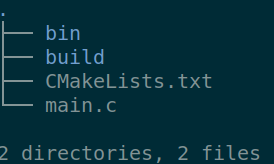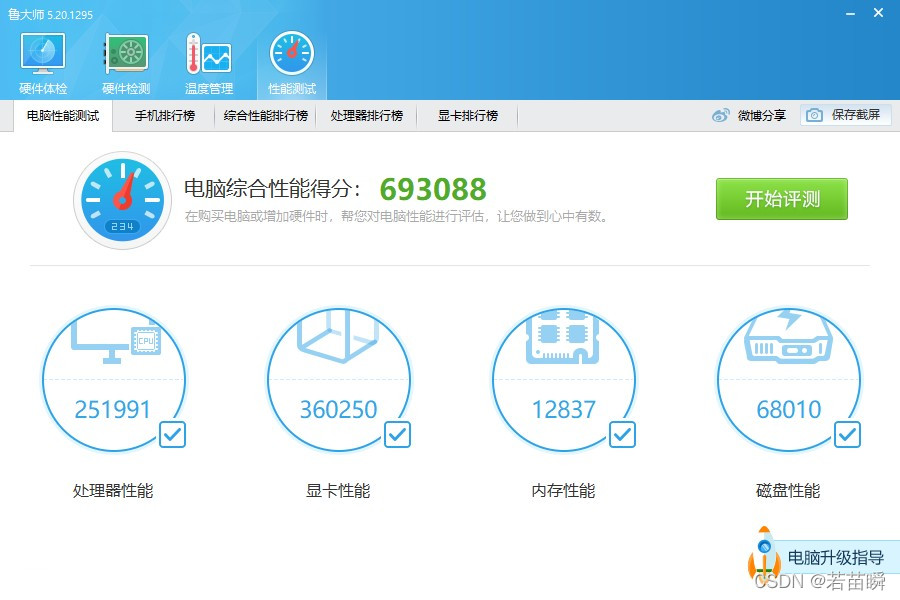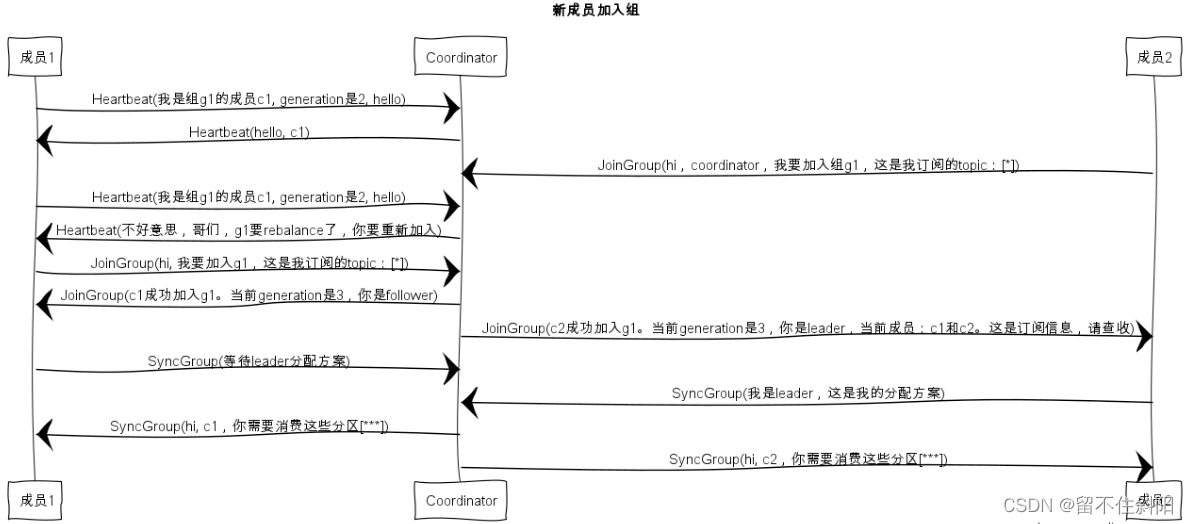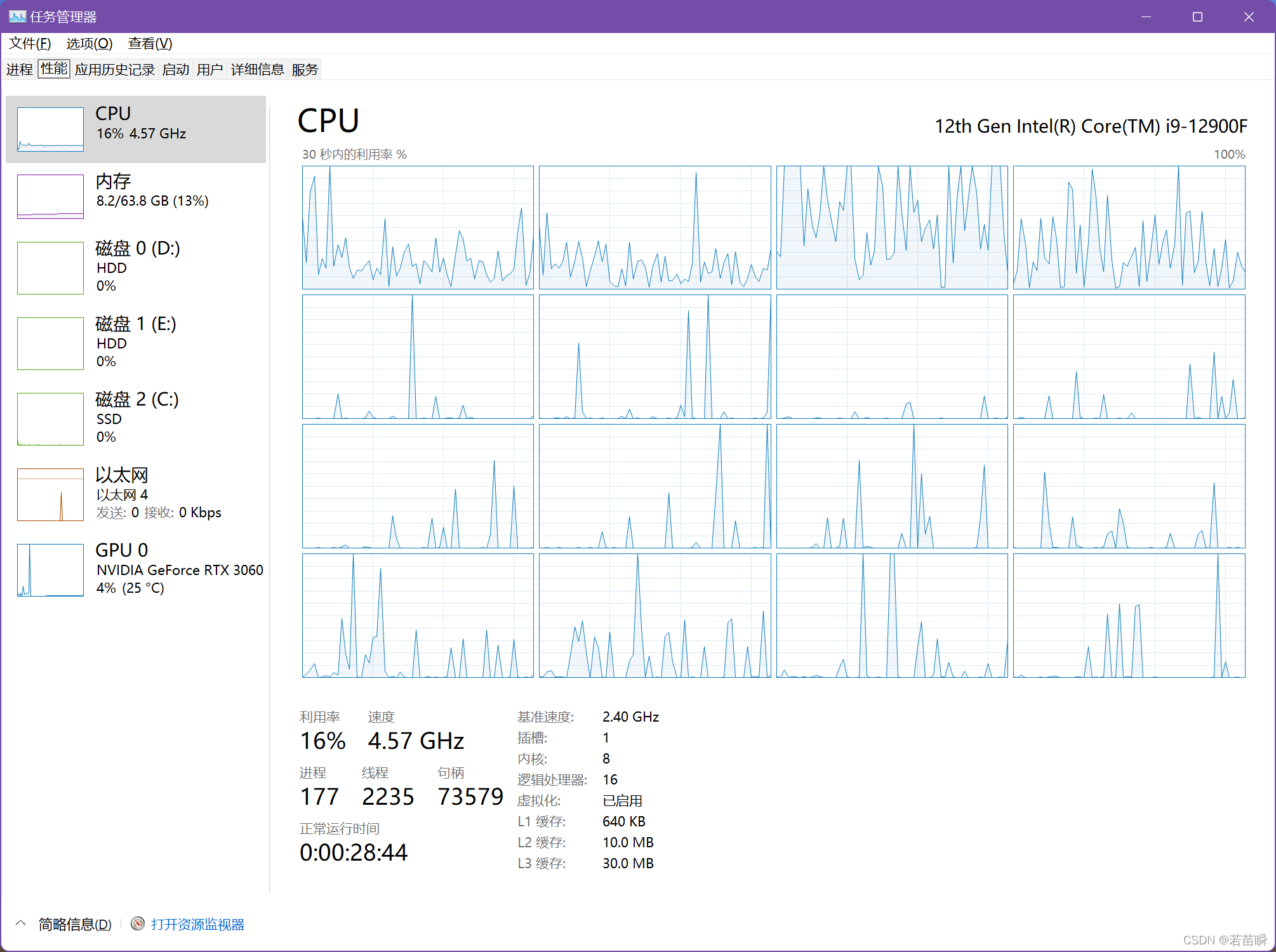当前位置:网站首页>(multiple methods, need to continue to see) 7-11 go deep into the tiger's Den
(multiple methods, need to continue to see) 7-11 go deep into the tiger's Den
2022-07-06 16:44:00 【HBUcs2020】
Input :
The number of doors
Next N That's ok , The first i The line description number is i(1~N) The door behind the door that leads to :K D[1] D[2] ... D[K]
Output :
The number of the door farthest from the entrance
analysis :
Because the number of doors N<10 The fifth power of , So if you use an array, there will be segment errors
Because the problem of finding the farthest path , Think of depth first search , So use adjacency matrix ? Adjacency list ? Storage , Using the depth first traversal algorithm of adjacency matrix ? But how to find the length
Or use Dijkstra Algorithm this algorithm for calculating the shortest path is adapted to the longest path ?but This algorithm has not been remembered yet
There's another problem , What is the entrance , Do you want to use floyd Algorithm ,but alike , Didn't remember this algorithm
The result of thinking :
Problem solving should be divided into two steps :
1. Look for the entrance
2. Look for the furthest door , The longest path
that , How to find the entrance ? The title says “007 There are no two roads leading to the same door ” also " The title guarantees that such a result is the only ", therefore , There is only one entrance , And there is no way to this entrance , That is, you can only enter , Can not go out
Another question , How to find the longest path ? After intuitively feeling and thinking about knowledge , Recursive algorithms should be used 、
Last , What is used to store the data to ? Use c++ Of vector Container Bar , There will be no segment errors ,( Speaking of this , It seems that we should tidy up vector Knowledge points of advantages )c++ Arrangement of knowledge points :vector The advantages of _HBUcs2020 The blog of -CSDN Blog
Problem analysis completed , Here is Code :
It should be noted
1.dfs The iterator in is door1 Of
#include<iostream>
using namespace std;
#include<vector>
#include<cstring>
constexpr int MAXSIZE=100001;
vector<int> v[MAXSIZE];
int deep=0; // Maximum depth
int door; // Farthest gate
void DFS(int door1,int deep1)
{
//printf(" The door is %d Depth is %d\n",door,deep);
if(deep1>deep)
{
deep=deep1;
door=door1;
}
for(vector<int>::iterator it=v[door1].begin();it!=v[door1].end();it++)
DFS(*it,deep1+1);
}
int main()
{
bool vis[MAXSIZE]; // Is there a way to the door
memset(vis,false,sizeof(vis));
int N;
cin>>N;
for(int i=1;i<=N;i++)
{
int k;
cin>>k;
while(k--)
{
int n;
cin>>n;
vis[n]=true;
v[i].push_back(n);
}
}
// entrance
int i;
for(i=1;i<=N;i++)
{
if(!vis[i])
break;
}
//cout<<" The furthest door "<<endl;
door=i; // entrance
DFS(i,1);
cout<<door<<endl;
return 0;
}
It seems that it is still used bfs Breadth first traversal and use queues to solve
The code is as follows , Come back when you have time
1. Using the queue
Be careful for(auto i:v[t]) Use ,
It seems that this idea is a little familiar , The use of the final queue is similar to a simple calculator .
subject :PTA | Program design experiment auxiliary teaching platform
#include <bits/stdc++.h> using namespace std; #define N 100005 vector<int> v[N]; bool visit[N]={false}; int main() { int n,k,t; cin>>n; for(int i=1; i<=n; i++){ cin>>k; while(k--){ cin>>t; visit[t]=true; v[i].push_back(t); } } int start,res=1; for(start=1; start<=n; start++) if(!visit[start]) break; queue<int> q; q.push(start); while(!q.empty()){ t=q.front(); for(auto i:v[t]) q.push(i); q.pop(); if(q.size()==1) res=q.front(); } cout<<res; }
2. Breadth first search
It seems to be the same method as the above queue
Not yet
#include<bits/stdc++.h> #define Maxsize 100001 using namespace std; int n; vector<int>v[Maxsize];/// Record form bool vis[Maxsize];/// Record whether the path leads to the current point int tt;/// Record the furthest door /// Breadth first traversal void BFS(int t){ queue<int>q; q.push(t); while(!q.empty()){ tt=q.front(); q.pop(); for(vector<int>::iterator it=v[tt].begin();it!=v[tt].end();it++) q.push(*it); } } int main(){ memset(vis,false,sizeof(vis)); cin>>n; for(int i=1;i<=n;i++){ int m; cin>>m; while(m--){ int d; cin>>d; vis[d]=true;/// Proof point door i Can lead to the door d v[i].push_back(d); } } /// Look for the entrance int i; for(i=1;i<=n;i++){ if(!vis[i]) break; } /// Breadth first traverse the last node BFS(i); cout<<tt; return 0; }
边栏推荐
猜你喜欢

Gridhome, a static site generator that novices must know

CMake速成

字节跳动新程序员成长秘诀:那些闪闪发光的宝藏mentor们

解决Intel12代酷睿CPU【小核载满,大核围观】的问题(WIN11)

第6章 Rebalance详解

Solve the problem that intel12 generation core CPU single thread only runs on small cores

Chapter 2 shell operation of hfds

Kubernetes cluster deployment

Codeforces Round #799 (Div. 4)A~H

【锟斤拷】的故事:谈谈汉字编码和常用字符集
随机推荐
Acwing: Game 58 of the week
< li> dot style list style type
LeetCode 1561. The maximum number of coins you can get
Basic principles of video compression coding and audio compression coding
Educational Codeforces Round 130 (Rated for Div. 2)A~C
Codeforces Round #800 (Div. 2)AC
China double brightening film (dbef) market trend report, technical dynamic innovation and market forecast
简单尝试DeepFaceLab(DeepFake)的新AMP模型
Bisphenol based CE Resin Industry Research Report - market status analysis and development prospect forecast
One hundred questions of image processing (11-20)
LeetCode 1566. Repeat the pattern with length m at least k times
LeetCode1556. Thousand separated number
我在字节跳动「修电影」
Double specific tyrosine phosphorylation regulated kinase 1A Industry Research Report - market status analysis and development prospect prediction
Research Report on market supply and demand and strategy of China's four flat leadless (QFN) packaging industry
China tetrabutyl urea (TBU) market trend report, technical dynamic innovation and market forecast
SF smart logistics Campus Technology Challenge (no T4)
OneForAll安装使用
Chapter III principles of MapReduce framework
第一章 MapReduce概述